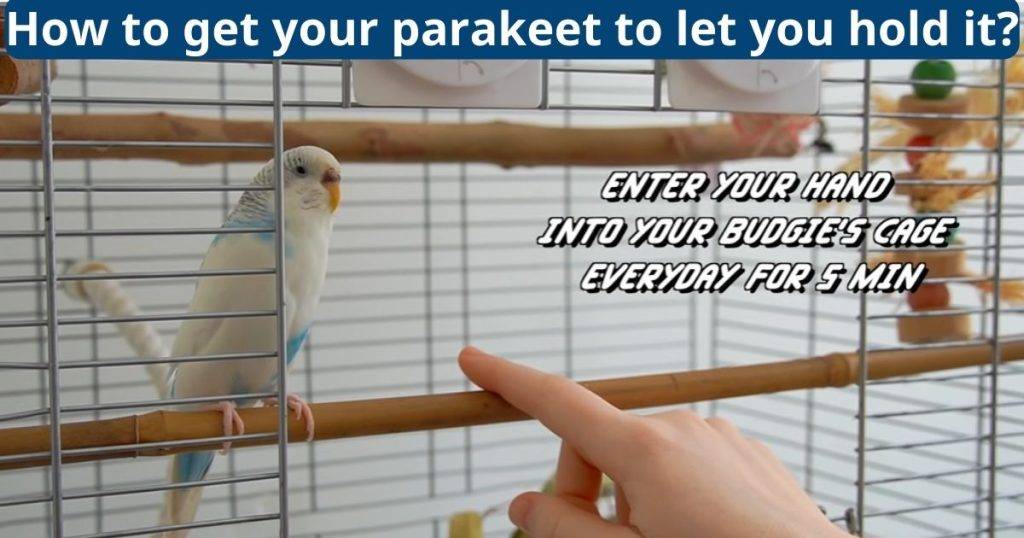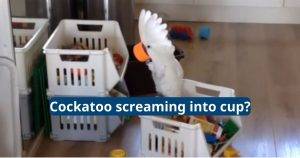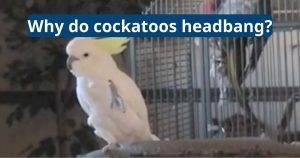How to Get Your Parakeet to Let You Hold It

Once your parakeet is comfortable with being handled and can eat from your hand, it’s time to take them out of their habitat. This is an enriching activity for your pet, and it will help you bond with them. When introducing yourself to your new baby bird, be sure to speak softly and move slowly. Loud noises and sudden movements will scare them.
Start by placing your hand in the cage.
When your bird is comfortable with you opening its cage and speaking softly to it, you can begin to introduce your hand. It is best to do this without making any sudden movements that may frighten your bird. It is also a good idea to place the cage in a corner or against a wall so that it doesn’t feel like your hand is an intruder.
You can also start by bribing your bird with its favorite treat to encourage it to step onto your hand. Once it is accustomed to stepping up into your palm, you can try to train it to step into your whole hand. To do this, hold the treat in your hand so that it is just out of reach of your bird and give it the command “step up.” When it steps into your hand, click the clicker and give your bird some verbal praise.
Once your bird is able to step onto your hand, it’s time to move on to other tasks. You can try feeding it with your hands and removing its water dish. Just be careful not to make any sudden moves as this can spook your bird and ruin the progress you’ve made. You can also start to slowly move your hand closer to the cage door each day. If your bird backs away from the door or lunges at your hand, close the cage and try again later.

Give them time to get used to your presence.
If your bird is comfortable enough to come out of the cage, it can be fun to train it to do tricks. They are incredibly intelligent and respond well to positive reinforcement training. Once your budgie has the basics down, it can be very rewarding to watch them skateboard around the room, hold up notes with writing or even dunk a basketball!
Spending time near the cage and talking to it in a soft, calm voice will help your bird get used to your presence. It will also teach them that your hands and movements are not threatening. It is important not to make any sudden movements or noises at this stage as it could scare them and ruin any attempts to get them to trust you.
It is also very important to never use negative reinforcement in your training. Parakeets do not take well to being punished and may become increasingly difficult to handle if you use this method. Using negative reinforcement can also cause your bird to view humans as enemies and not their friends, which can be very damaging to their mental health.
If you’re going away and need a trustworthy pet sitter, it’s a good idea to ask them about their experience with birds and their level of comfort with handling them. If possible, try to arrange a meet-and-greet with them so you can observe how they interact with your pet and see whether they’re a good fit for your needs.

Don’t let them escape the cage.
If you let your parakeet escape the cage, it will learn to view your hand as an unnecessary intruder. It will also become confused about where it should go to return to its cage. It may even start to fling itself against the bars of the cage to get back inside. You can train your bird to step up onto your finger, but it will take a bit of time. Just don’t let it see your hand as a threat, and avoid approaching it from above (it will think you are an attacker trying to grab it).
Parakeets who are left alone can easily become bored. This can lead to excessive squawking or chattering as they try to attract attention. It can also cause them to become destructive in their play, chewing on perches or other cage items. Providing your pet with lots of toys, foods, and chewing material will keep them busy, preventing them from getting bored and escaping the cage.
You can only really train your parakeet outside of its cage if you have a dedicated aviary or a room in your home that has been made safe for birds, with lots of perches and a place to sleep. It would be impossible to supervise your bird properly in a typical living area, and it’s not safe for your pet to wander around the house unsupervised anyway.

Don’t rush the process.
The timing of when to start training your parakeet to let you hold it will be determined by the bird’s own personality. A confident bird might be ready to start right away, while a more cautious one might take a little longer. As with all training, it is important not to rush the process, and to allow the bird to get comfortable with your presence. This will ensure that the bird is happy and willing to continue the training at a later date. Moreover, it will also help to prevent the bird from becoming fearful of its owner. This will make the taming process much easier in the future.



